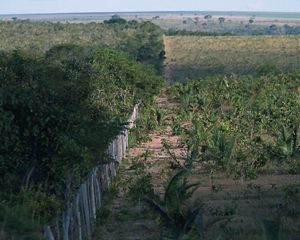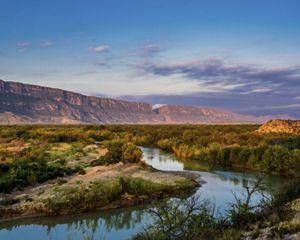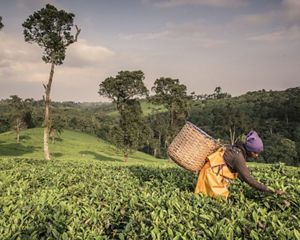Food Systems Should Be Central to Climate and Biodiversity Solutions
As leaders put climate and biodiversity agendas to action, we urge them to invest in scalable solutions within the food system.
Coming out of the United Nations’ climate (COP27) and biodiversity (COP15) conventions, there is increased attention on our global food system. Rightfully so.
The impact of agriculture and food systems is clear. Food production is a major driver of climate change and the destruction of nature, accounting for nearly one-third of greenhouse gas (GHG) emissions, 90% of land-use change and 70% of water use globally.
There is also increased acknowledgment that global food systems are fragile and in stress. In March 2022, world food prices reached an all-time high, with fuel prices up 86% and fertilizer prices up 35% from just two years prior. All of this while 50 million people in 45 countries teeter on the edge of famine. Even in a high-income country like the United States, 2.4 million people are severely food insecure.
The food price crisis of the past year not only had immediate impact on food and nutrition security, food price inflation and the global economy, but also longer-term implications for meeting the Paris climate commitments and global Sustainable Development Goals (SDGs).
Any collective action taken to meet the twin climate and biodiversity crises must also address our stressed and fragile food system.


Changing Business As Usual
The climate stress on food systems is expected to increase. Recent research shows that despite agricultural advancements of the past 60 years, global farming productivity is 21% lower than it could have been without climate change. This is equivalent to losing about seven years of productivity increases since the 1960s.
Swift change must come to our global food system. Business as usual cannot continue; the pressures the system faces are too great. By mid-century, accelerating climate change will generate acute stress, just as increasing population and global affluence shifts demand towards more protein-heavy diets.
The food system and all its interconnected elements contribute almost 34% of global emissions. And yet the financing toward making them more resilient and adaptable is not commensurate with the challenge. The global food system received only 3% of public climate finance. Further, climate adaptation finance is only 9% of climate finance, with nearly all of it (98%) coming from public actors.
The share of investments in resilient food systems in Nationally Determined Contributions (NDCs) must significantly increase if we are to meet the climate and biodiversity goals while nutritiously feeding a growing population.


An Agenda for Action
These crises highlight the connections between the climate, health, energy and finance sectors. Any action on one has implications for the others, and there needs to be an emphasis on looking at issues holistically, assessing interlinkages and trade-offs.
A focus on building regenerative food systems can transition food production on land and at sea from extractive and degrading to restorative of the lands, waters and oceans that supply our food.
As the world gathers for the climate and biodiversity conventions in the coming months, here are some priorities to consider for investments in food systems:
Boost Productivity on Working Lands and Waters
To meet the nutrition needs of feeding 9.8 billion people by 2050, we need to improve productivity on existing land. Nature-based solutions such as soil health practices, water management, agroforestry and restorative aquaculture provide opportunities to boost productivity while mitigating the interrelated challenges related to climate, biodiversity and rural livelihoods. Specific soil health practices such as efficient fertilizer use, precision nutrient management, cover cropping, crop diversification and rotational grazing also strengthen capacity to adapt to climate change.
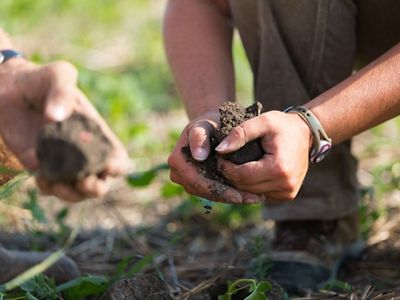
Halt Habitat Conversion from Food Production
Recent research shows that 90% of tropical deforestation is driven by agriculture. Ending deforestation and land conversion is mission critical to achieving the world’s critical climate goals; it is not an option, but a strategic imperative. Halting habitat conversion through commodity production is a time-sensitive intervention that must be fully realized by 2030. To achieve this, public and private sector actors must work together to increase monitoring capacities and enable more traceability in commodity supply chains. Complementing this with comprehensive landscape-level approaches that focus on land tenure security, regulatory reform, stabilizing farmer income and improving productivity of working lands will be crucial.
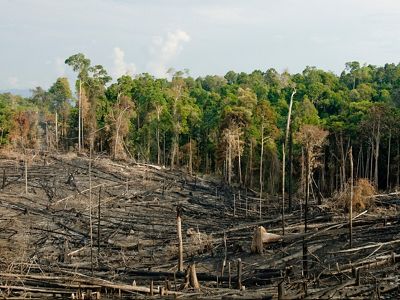
Invest in Technology and Innovations
Investments in agriculture research and development were transformational during the Green Revolution to increase productivity. We need increased investments in new technologies from both public and private actors to now meet the 21st century challenges. These technologies include production-centric tools (such as precision agriculture and biological-based soil management), tools that improve value chain linkages and supply chain traceability/transparency (such as big data, IOT and blockchain) and innovations that shape demand (such as alternative protein, food-sensing technologies).
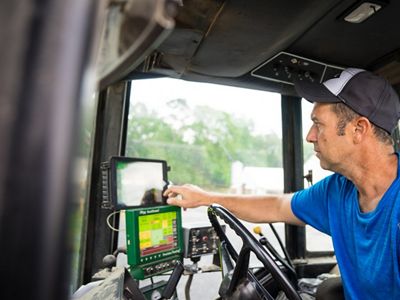
Unlock Financing and Risk Mitigation Instruments
Regenerative transitions often take multiple years before benefits accrue to producers, thus there is a need to unlock more catalytic financing through debt, equity and risk-sharing instruments such as insurance or payment for ecosystem services. Importantly, there is a growing need to increase private finance in climate adaptation – only about $500 million (1.6%) of adaptation finance came from private sources – especially as government finances worldwide are increasingly stressed.
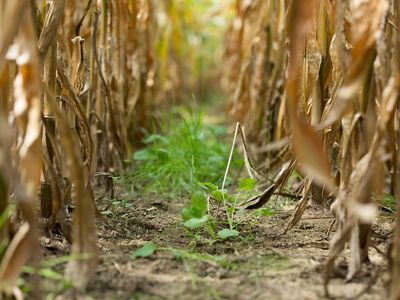
Repurpose Agriculture Subsidies
More than $600 billion per year is spent in agriculture policy support for producers, of which more than 80% has been referred by the Organization for Economic Cooperation and Development (OECD) as distorting. The actions from governments are the most powerful driver of food systems, and by realigning incentives, the public sector can change the economics that drive change. Governments can focus on repurposing subsidies in their NDCs to promote more regenerative outcomes, including increasing funding to critical areas. For example, repurposing a portion of government spending on agriculture to develop and disseminate emissions-efficient technologies for crops and livestock could not only improve productivity, but also reduce overall emissions from agriculture by 40%, releasing about 105 million hectares of agriculture land for restoration to natural habitats.
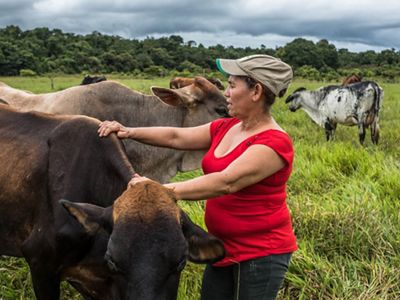
Reduce Food Loss and Waste
About 30% of food produced globally is either lost or wasted, accounting for about 8% of GHG emissions. According to the Food and Agriculture Organization (FAO), if global food waste were a country, it would be the third largest emitting country after China and the Unites States. We need to reduce farm-gate losses through post-harvest management systems such as handling, storage, processing, cold chains and other solutions. More public-private partnerships are needed with producers, value chain players and retailers, as well as increased traceability, awareness and communications with consumers to shift behavior on food waste.
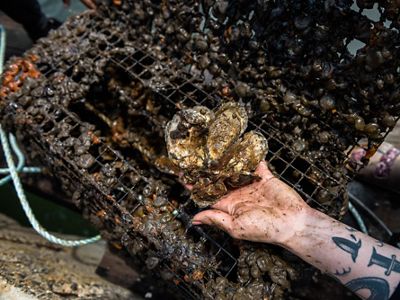
Develop Regenerative Bioenergy Production
Context matters, and it’s important to understand the interactions and linkages between energy, water and land in a particular system to develop ecosystem-based approaches. The development of an integrated, diverse, regenerative food-feed-energy production, can lead to carbon capture and storage and net-zero carbon emissions. Scientific research and advances in farming systems can support the creation of a circular economy of carbon and nutrients that help protect climate, water and provide ecosystem benefits.
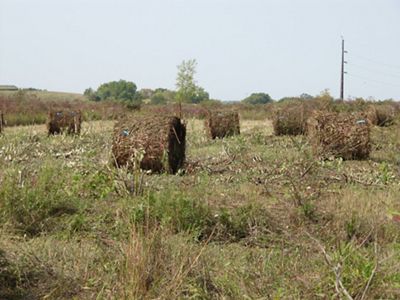
A Better Path Forward
By no means are the above a panacea to meeting the world’s food system challenges. They are, however, a vital and immediate part of that larger suite of policies, technologies and social levers around diet, resource allocation, energy management and economic opportunity that are necessary for any lasting, positive changes in the world’s food production systems.
The crisis we experienced this year highlights the importance of keeping people and producers at the center of the solution set. The current global population of almost 7.7 billion people depend on food systems for their food and nutrition needs, with more than 1 billion producers and ranchers depending on food systems for their livelihood and way of life. We are seeing acute food insecurity and hunger with poorer nations and people, who have the least ability to cope, being disproportionately affected. This highlights issues of equity and climate justice. We must keep equity and inclusion at the center of our conservation strategies and ensure that benefits are equitably shared and risks mitigated.
At the same time, farmers and producers around the world will be dealing with more and increasing challenges in the future due to climate change. These producers – upon whom all of us depend – are central to these solutions and their voices need to be elevated as we develop the suite of solutions required. If the food system moves in the right direction at the pace and scale needed to stem the climate and biodiversity crises facing our planet, it will be because producers made it happen.


